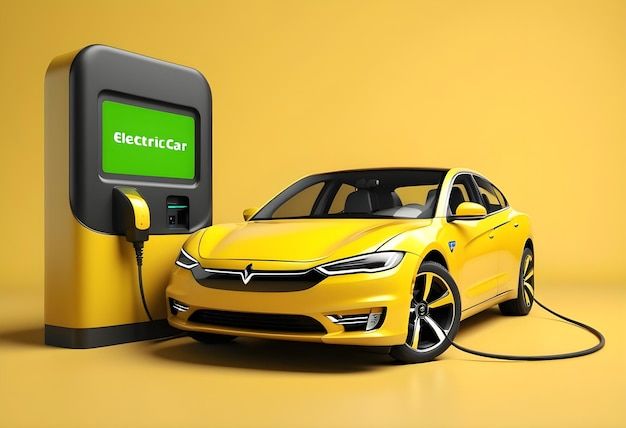The rise of electric vehicles (EVs) is transforming the automotive landscape, driven by environmental concerns, technological advancements, and evolving consumer preferences. Here’s a look at the key aspects of this ongoing revolution:

Environmental Benefits:
Reduced Emissions:
A primary driver of EV adoption is their potential to reduce greenhouse gas emissions. EVs produce zero tailpipe emissions, contributing to cleaner air, particularly in urban areas.
However, the overall environmental impact depends on the source of electricity used for charging. As renewable energy sources become more mainstream, the environmental benefits of EVs will continue to increase.
Sustainability:
Beyond emissions, efforts are underway to make EV production more sustainable, including using recycled materials and improving battery recycling processes.
Technological Advancements:
Battery Technology:
Rapid advances in battery technology are increasing EV range and reducing charging times. Solid-state batteries, for example, hold the promise of even greater energy density and faster charging.
Charging Infrastructure:
The expansion of public charging infrastructure is crucial for widespread EV adoption. Governments and private companies are investing heavily in building out charging networks, including fast-charging stations.
Performance and Features:
EVs offer instant torque, resulting in rapid acceleration and a smooth driving experience. Modern EVs are also equipped with advanced technology features, such as over-the-air software updates and sophisticated driver-assistance systems.
Market Trends:
Growing Adoption:
EV sales are increasing globally, with many countries setting targets for phasing out internal combustion engine vehicles.
The availability of a wider range of EV models, from affordable compact cars to luxury SUVs, is also driving adoption.
Government Policies and Incentives:
Governments around the world are implementing policies to encourage EV adoption, including tax credits, subsidies, and regulations.
Key considerations:
Charging Infrastructure:
While charging infrastructure is improving, it remains a concern for some potential EV buyers.
Battery Life and Replacement:
Concerns about battery life and the cost of replacement are also factors that some consumers consider.
Upfront Costs:
While the long term cost of ownership of an EV is generally lower than that of a combustion engine vehicle, the initial purchase price is often higher.
In conclusion, electric vehicles represent a significant shift in the automotive industry. As technology continues to improve and infrastructure expands, EVs are poised to play an increasingly important role in the future of transportation.